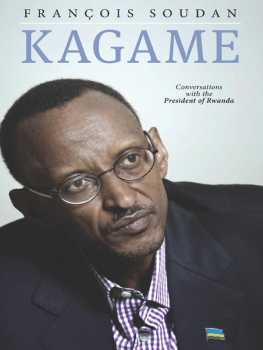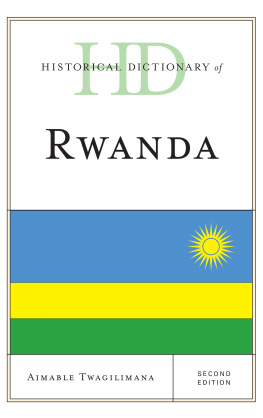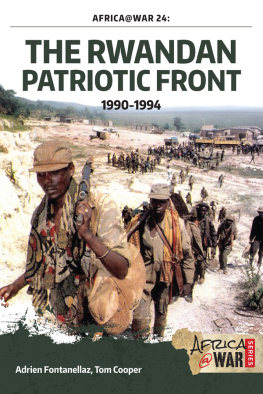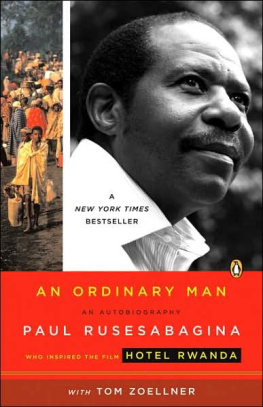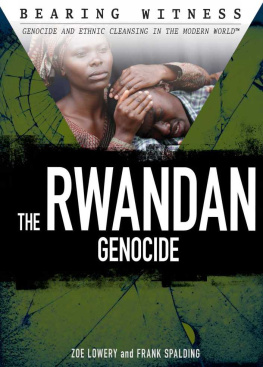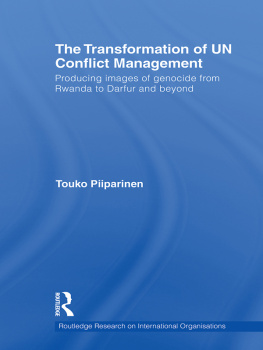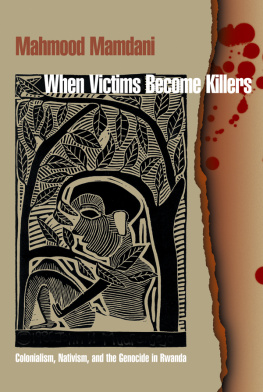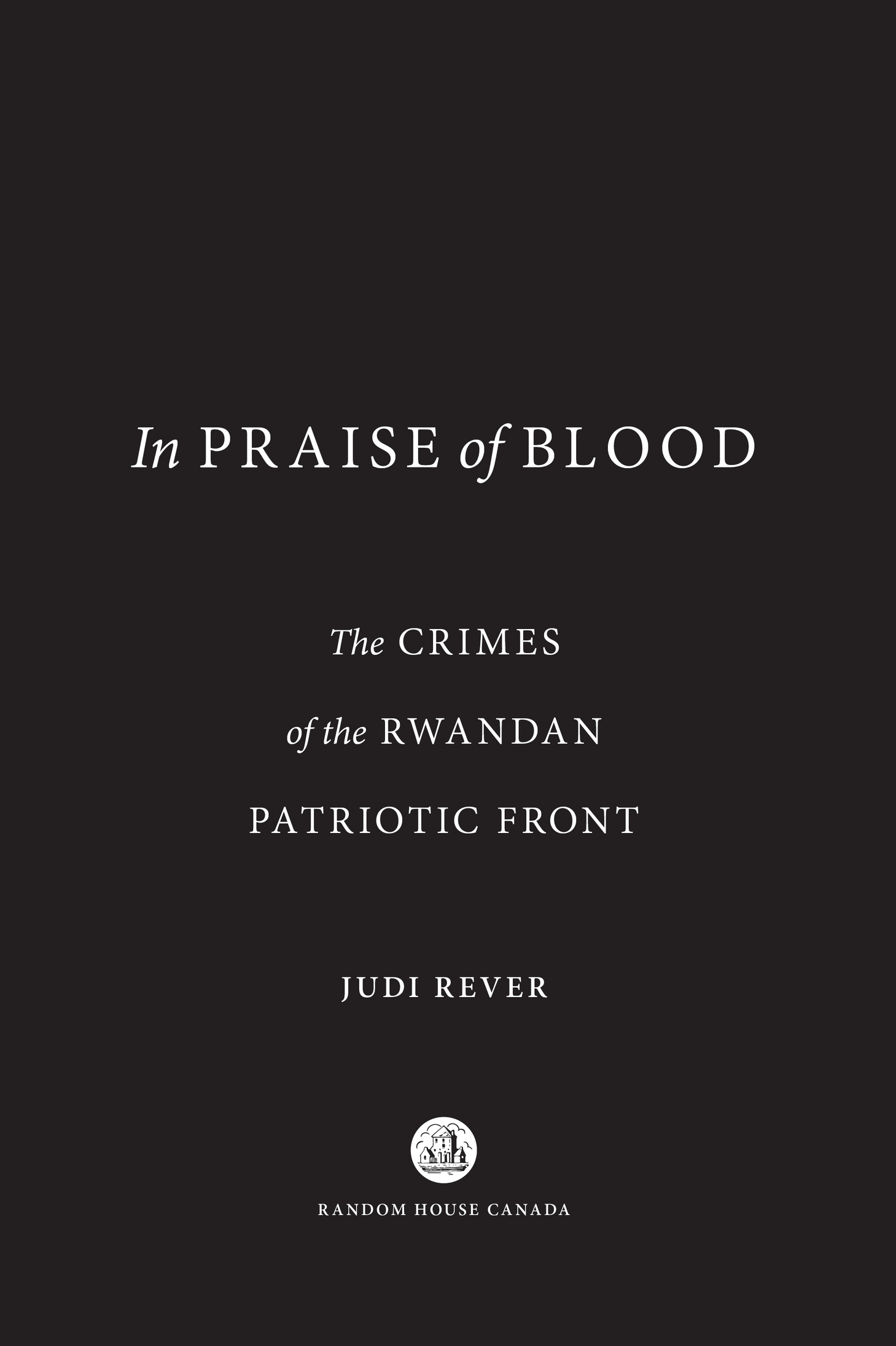All rights reserved under International and Pan-American Copyright Conventions. No part of this book may be reproduced in any form or by any electronic or mechanical means, including information storage and retrieval systems, without permission in writing from the publisher, except by a reviewer, who may quote brief passages in a review. Published in 2018 by Random House Canada, a division of Penguin Random House Canada Limited. Distributed in Canada by Penguin Random House Canada Limited, Toronto.
Random House Canada and colophon are registered trademarks.
Library and Archives Canada Cataloguing in Publication is available upon request.
Those who have been once intoxicated with power, and have derived any kind of emolument from it, even though but for one year, never can willingly abandon it. They may be distressed in the midst of all their power; but they will never look to anything but power for their relief.
Introduction
AGAINST THE GRAIN
ON A COLD DAY IN MARCH 2015, I OPENED AN E-MAIL FROM A PERSON named Clarise Habimana. The message read:
Dear Judi,
This document should be kept secret and not divulged to a third party. Good luck.
Clarise.
Id been documenting crimes committed by Rwandas post-genocide government off and on for years. Id collected detailed testimony from victims, perpetrators and contextual witnesses across three continents. The Rwandan genocide stands as the most tragic and misunderstood event of the twentieth century. The ethnic and political violence that engulfed the country led to the eventual loss of millions of lives in Rwanda and neighboring Congo, forever changing the landscape of central Africa. The man who emerged triumphant amid the bloodshed was Paul Kagame, who seized power in Rwanda in July 1994 after routing the Hutu extremists who had exterminated Tutsis. He was hailed as a hero for stopping the carnage and rebuilding a shattered nation from the ground up. That is the narrative of light and dark forces that has been told in most history books and mainstream media. The real story is more complex and frightening.
Id been on the trail of the complete story of the genocide since 1997. Though Id never heard of Clarise Habimana, I immediately downloaded the attachment. I soon realized she was a whistle-blower, someone who could not accept either the erasure of history or the perversion of justice that has resulted from that erasure. She had sent me an official compendium of crimes against civilians committed by Paul Kagames Rwandan Patriotic Front (RPF) during the genocide.
The document, dated October 1, 2003, and labeled top secret, had been compiled by criminal investigators in the Office of the Prosecutor of the International Criminal Tribunal for Rwanda (ICTR). The ICTR was set up in the aftermath of the genocide to try Rwandans accused of the most serious violations of human rights. The thirty-page report was so explosive that it had remained buried for more than a decade. It revealed that the tribunal had opened several files on RPF massacres throughout Rwanda in 1994. It revealed too that the ICTR prosecutor at the time, Carla Del Ponte, had opened an investigation into the assassination of Hutu president Juvnal Habyarimana. The attack on his presidential plane on the night of April 6, 1994, was the event widely seen as triggering the genocide. A previous inquiry by the ICTRs Michael Hourigan had been shut down by Del Pontes predecessor, Louise Arbour, who said the tribunal had no mandate to investigate the plane crash.
The report Clarise leaked to me revealed that tribunal investigations had been opened on the RPFs military intelligence wing, whose members stood accused of committing acts of savagery against unarmed Rwandans, both Hutu and Tutsi. It provided evidence that commandos in Kagames army had not only infiltrated the Hutu militias but helped murder Tutsis at roadblocks in Kigali in a bid to fuel the genocideone of the most chilling revelations in the report. Investigators identified massacre sites across the country and assembled evidence that thousands of Hutu civilians had been slaughtered by Kagames Tutsi-led army. And finally, criminal investigators listed potential targets for indictment, including Kagame himself and several of his top men.
At the time the report was delivered to the prosecutor, the investigative team had recruited a hundred sources; forty-one of these people had given the team signed statements, though they risked their lives by coming forward. The team listed a total of 518 potential witnesses across four continents. In 2013 and 2014, I had obtained and read dozens of other ICTR witness statements, many of which provided harrowing details of crimes committed by Kagames army. In those statements, witnesses claimed that RPF soldiers and intelligence agents had lured Rwandan Hutus to execution sites where they killed them with hoes, grenades or guns, or transported victims to kill zones aboard trucks. Many witnesses admitted to their role in these crimes. The witness statements described a parallel universe to the Kagame as savior narrative, yet until now these stories of what his army did during the genocide have been told only through unofficial channels, by victims families and renegade Tutsi soldiers.
Amid the suffering and grief in post-genocide Rwanda, most people simply wished to believe a more palatable construction of history: the story of a morally disciplined RPF rescuing Rwanda from the brink, having fought to save Tutsis from a genocide that was centrally planned by the former Habyarimana government and carried out by willing Hutu executioners. This story was easier to comprehend than what actually happened, especially by those trying to create moral sense out of the madness of war. The accepted version exploited the suffering of Tutsis, demonized Hutus and wrote off crimes perpetrated against Hutus by the RPF as justified, because they were considered retaliatory. It also allowed Kagame, his political party and his armed forces to consolidate power, pocket billions of dollars in aid and take credit for an economic miracle. Its belief in this narrative of the genocide allowed the international community to stand by as RPF commanders unleashed war in neighboring Congo, where millions have died from violence and war-related diseases since 1996. It also allowed Kagame to operate with impunity at home, where his regime has shut down free speech, killed and jailed critics, and targeted opponents abroad for censure or deatheven journalists such as myself.
But the dynamics of violence in Rwanda have been much more complex than what we know from mainstream literature and media. After the presidential plane went down, Hutu elites in rural areasdrawn from military, political and administrative structuresoperated in a political vacuum at first. Some of them resisted the call to kill Tutsis, but many others urged Hutu militia and civilians to murder and rape. These crimes were committed publicly, in broad daylight, and with little or no sense of remorse or concern about repercussions.


